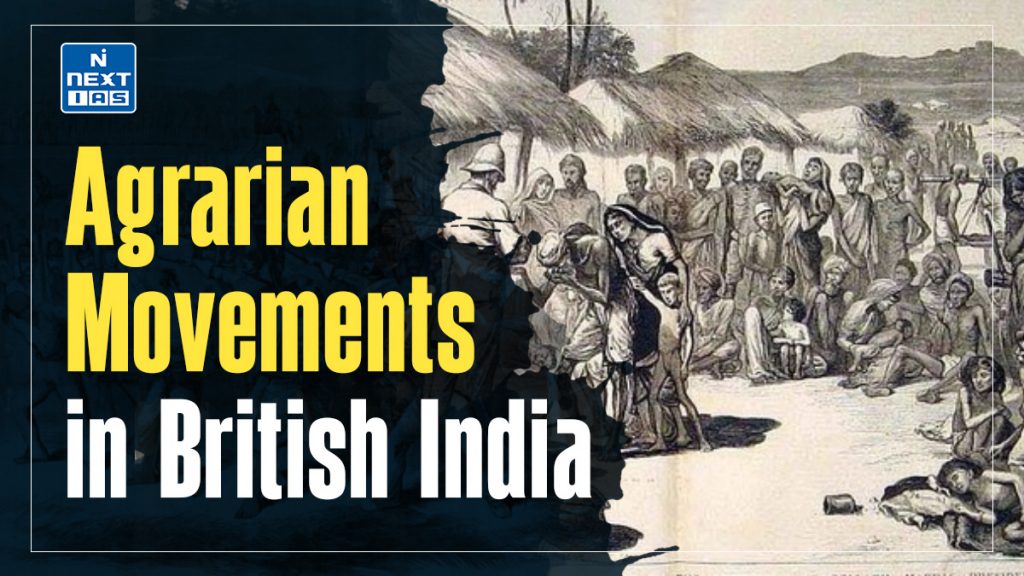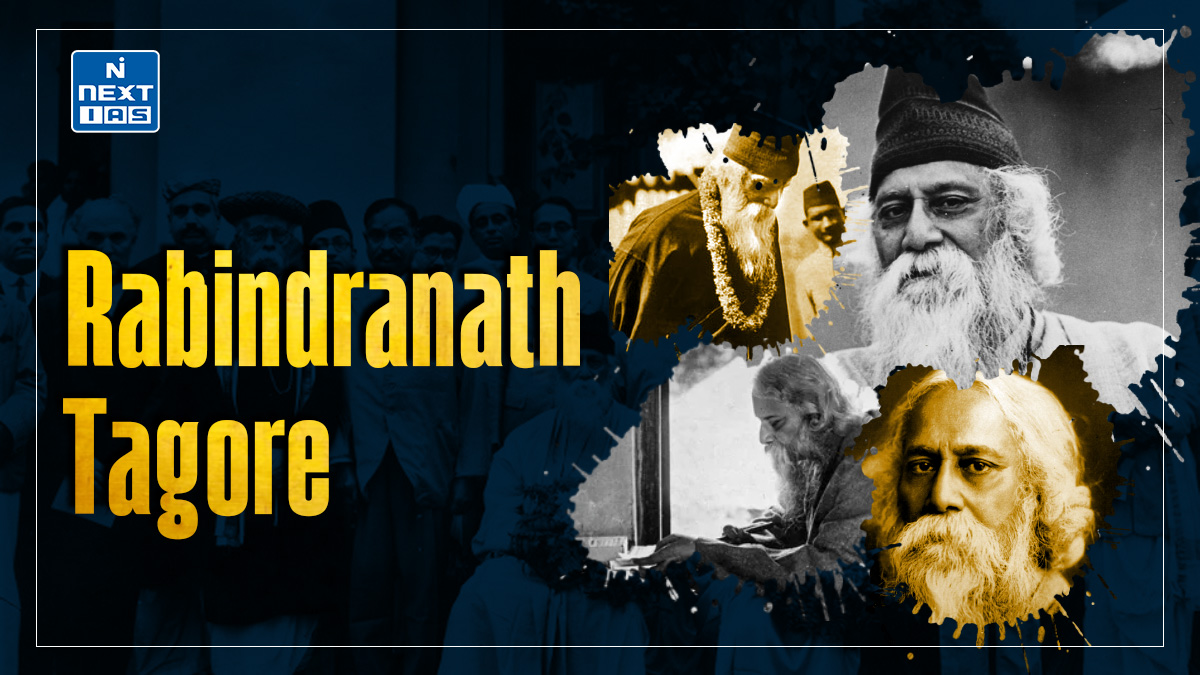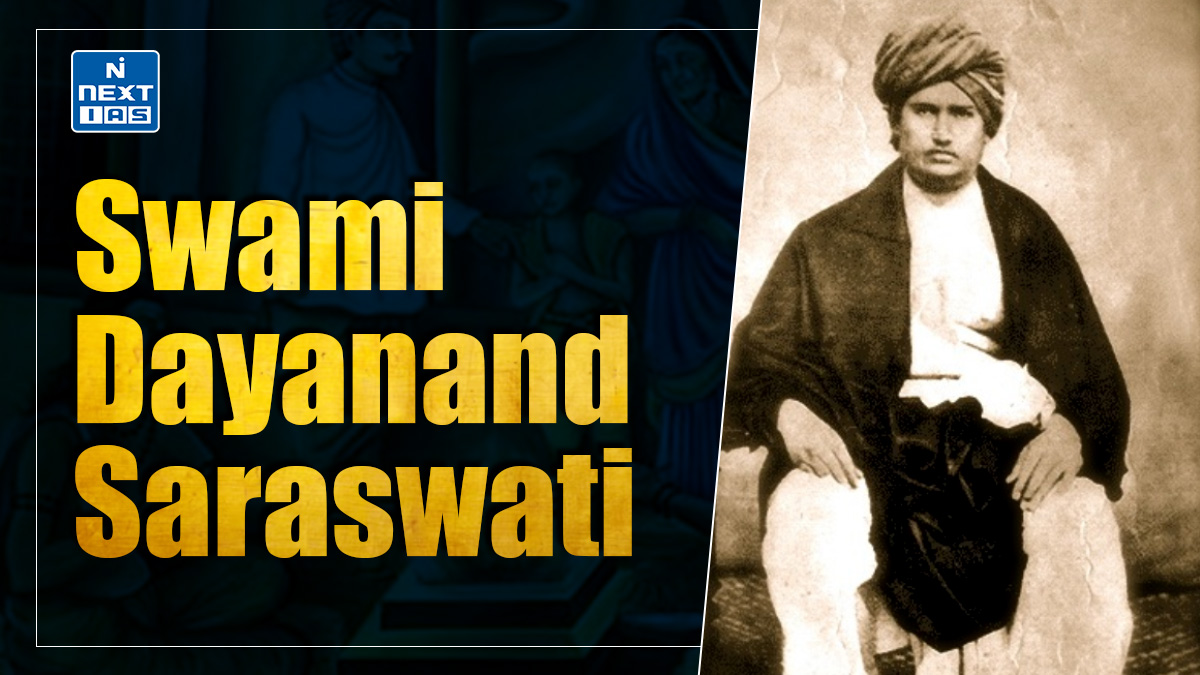
The agrarian movements in British India were a series of uprisings and protests by peasants against exploitative colonial policies and oppressive socio-economic structures. These movements were significant as they laid the groundwork for organised peasant activism and highlighted the impact of colonial exploitation on rural India. This article aims to study in detail the major agrarian movements during British rule, their causes, characteristics, and implications for Indian society and the freedom struggle.
About Agrarian Movements in British India
- The agrarian movements in British India marked significant resistance against the colonial regime’s exploitative agrarian policies and socio-economic structures.
- These movements reflected the deep discontent among Indian peasants and the devastating impact of colonial policies on traditional rural economies.
- The following sections detail prominent agrarian movements and their implications.
Key Agrarian Movements
Indigo Revolt (1859–60)
- Indigo planters in Bengal forced peasants to grow indigo, a commercially unremunerative crop, using oppressive methods like kidnapping, assault, and property destruction.
- Under leaders like Digambar Biswas and Bishnu Biswas, peasants in the Nadia district began a movement to stop cultivating indigo.
- The revolt soon spread, with peasants boycotting planters, organizing strikes, and taking legal action.
- The movement gained support from Bengal’s intelligentsia, press, and missionaries. Notable contributions included Harish Chandra Mukherji’s writings in Hindu Patriot and Deen Bandhu Mitra’s play Neel Darpan.
- The government established the Indigo Commission in 1860, which led to planters closing their factories and the recognition of ryots’ rights to refuse indigo cultivation.
- The Indigo Revolt was a major milestone in Indian agrarian history and inspired subsequent peasant movements, including the Champaran Satyagraha.
Pabna Agrarian League (1873–85)
- In eastern Bengal, zamindars violated laws by increasing rents and denying tenants occupancy rights.
- Peasants in Pabna district formed an agrarian league to fight oppressive practices through legal resistance. Violence was minimal, and funds were raised to support court cases.
- The movement pressured the government to pass the Bengal Tenancy Act of 1885, providing some relief to tenants.
Deccan Revolt (1874–75)
- In the Ryotwari regions of Maharashtra, high land revenue demands and a crash in cotton prices after the American Civil War left peasants indebted to moneylenders, primarily outsiders like Marwaris and Gujaratis.
- The revolt began in Shirur taluk and quickly spread, targeting moneylenders. Peasants forcibly seized and destroyed debt bonds, though violence against individuals was rare.
- The government suppressed the revolt and arrested nearly 1,000 peasants. However, the Deccan Agriculturists Relief Act of 1879 was enacted, restricting land alienation and protecting peasants from imprisonment for debt.
Eka Movement (1921)
- Peasant grievances in Central Provinces (now Uttar Pradesh) included high rents, forced labor, and exploitation by revenue collectors (thikadars).
- The movement, initially supported by Congress and Khilafat leaders, evolved under grassroots leaders like Madari Pasi.
- Peasants pledged to pay only recorded rents, resist forced labor, and follow panchayat decisions.
- The movement faltered as non-violent leadership waned, and authorities suppressed it. However, it symbolized peasant solidarity and resistance against feudal and colonial exploitation.
Recurring Famines and Agrarian Distress
- During the British era, 24 famines devastated India, causing an estimated 28.5 million deaths.
- The famine relief measures were criticized for prioritizing property protection over human welfare.
- Reports by Famine Commissions (1880, 1898, and 1901) highlighted the systemic failures of colonial policies and their role in deepening rural poverty.
Impact of British Rule on Agrarian Structure
- Under British rule, the traditional agrarian systems underwent significant changes, leading to new social classes and severe exploitation of the peasantry.
- The introduction of exploitative land revenue systems like the Zamindari, Ryotwari, and Mahalwari systems transformed land into a marketable commodity.
- Excessive revenue demands and the rise of intermediaries, landlords, and moneylenders trapped the peasants in cycles of debt and poverty.
- This era saw a massive process of pauperization and proletarianization, as many peasants lost their land and were reduced to agricultural laborers.
- The rural poor faced exploitation not only from colonial authorities but also from indigenous moneylenders and landlords.
- The cumulative effect of these policies was most evident during the recurring famines of the late 19th century, such as the Great Famines of 1876–78, 1896–97, and 1899–1900, which led to widespread starvation and social unrest.
Significance of Agrarian Movements
- While most 19th-century peasant uprisings were localized and lacked class consciousness, they were significant for laying the foundation for organized agrarian movements in the 20th century, such as the Kisan Sabhas.
- These movements contributed to the emergence of a broader political consciousness among peasants, influencing India’s struggle for independence.
Conclusion
The agrarian movements in British India were not just isolated incidents of rebellion but reflected the broader socio-economic and political struggles faced by Indian peasants under colonial rule. These uprisings highlighted the resilience of the rural population against systemic exploitation by both foreign and indigenous oppressors. While many of these movements were localised and lacked coordination, they were pivotal in fostering a spirit of resistance and setting the stage for organised peasant movements in the 20th century. More importantly, these struggles brought to light the need for agrarian reforms, economic justice, and rights for the working class, thereby influencing the broader nationalist struggle. They remain a testament to the courage of the Indian peasantry and their critical role in shaping India’s fight for independence and socio-economic transformation.
Frequently Asked Questions (FAQs)
What is an agrarian movement?
An agrarian movement is a collective effort by farmers and peasants aimed at addressing issues related to land rights, oppressive taxes, exploitative landlordism, and agricultural reforms to improve their socio-economic conditions.






